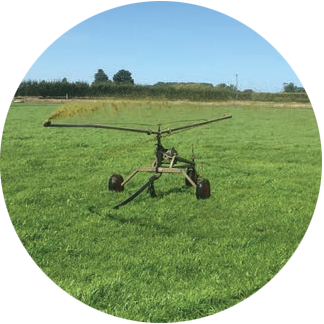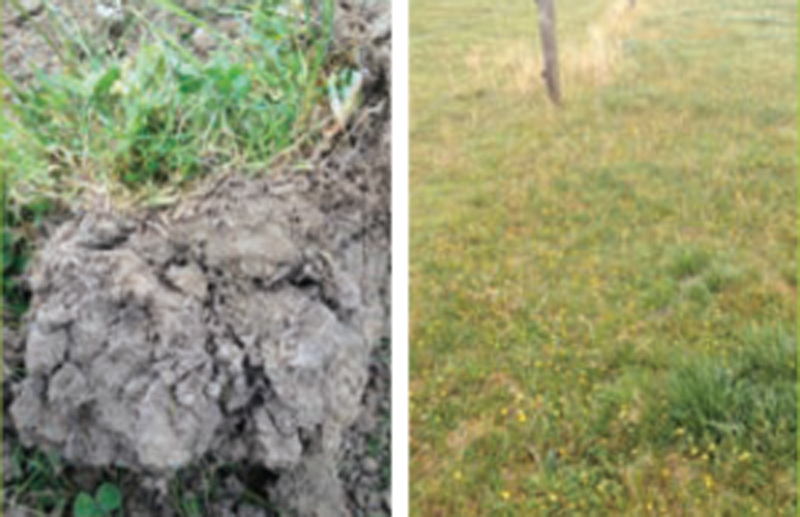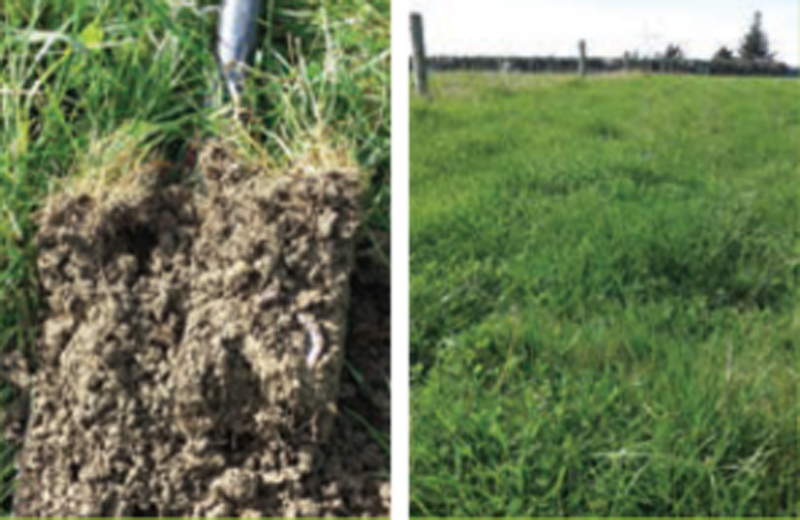Nutrient Management and Environmental Compliance
Nutrient Management has quickly become the latest farming buzz term, with almost all regional councils currently having in place or implementing ‘Regional Plans’ aimed at setting standards for nitrate leaching and phosphate runoff.
These standards will affect future land use and farming intensification options or require changes to your current farming system.
Meeting these proposed standards will most likely require farmers to prepare a Farm Environment Plan (FEP), Sustainable Milk Plan® or Nutrient Management Plan (NMP). They aim to identify and minimise the loss of nutrients from your production system.
Typically, these plans cover categories such as fertiliser management, effluent management, irrigation management and riparian or wetland management.




